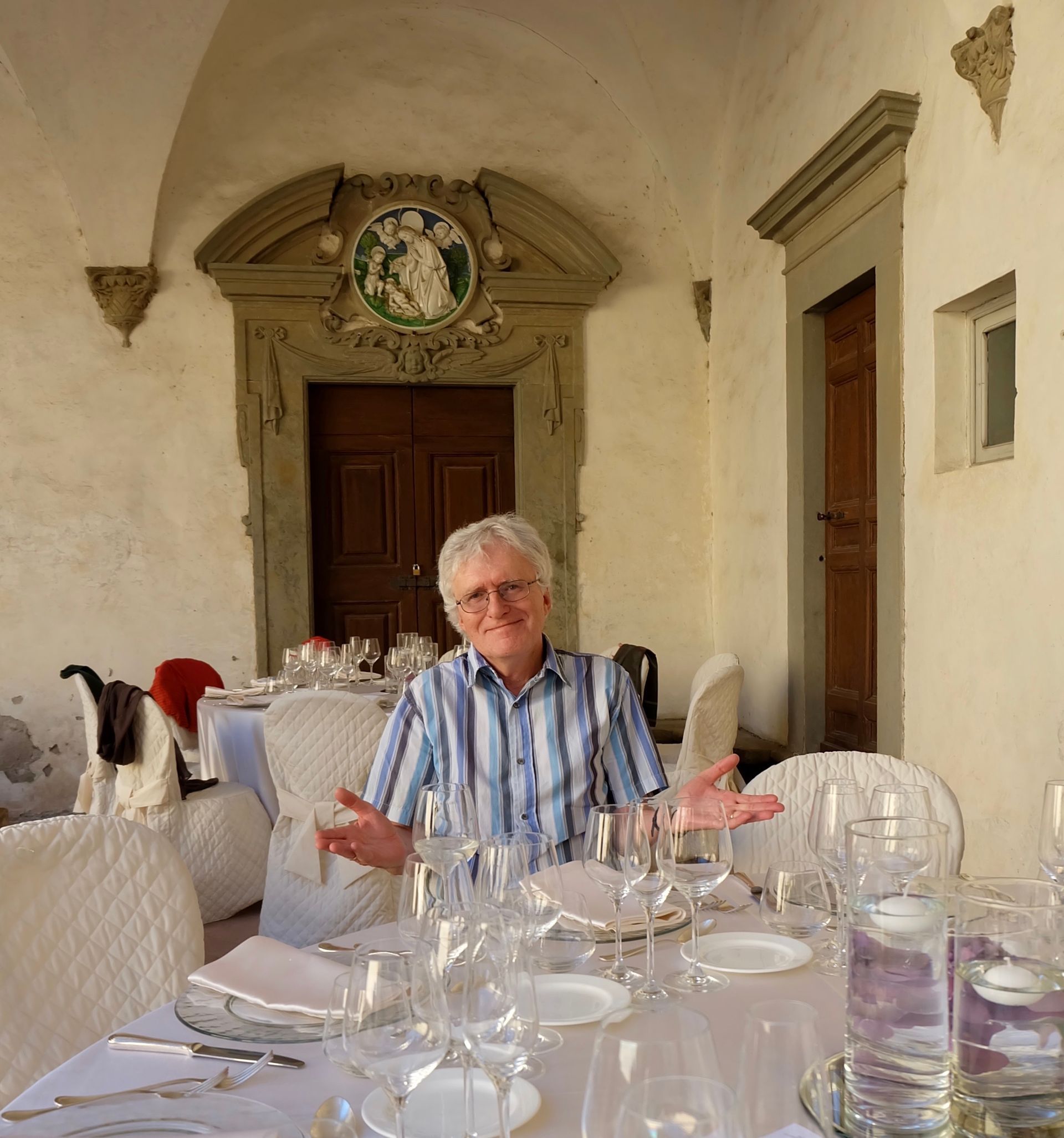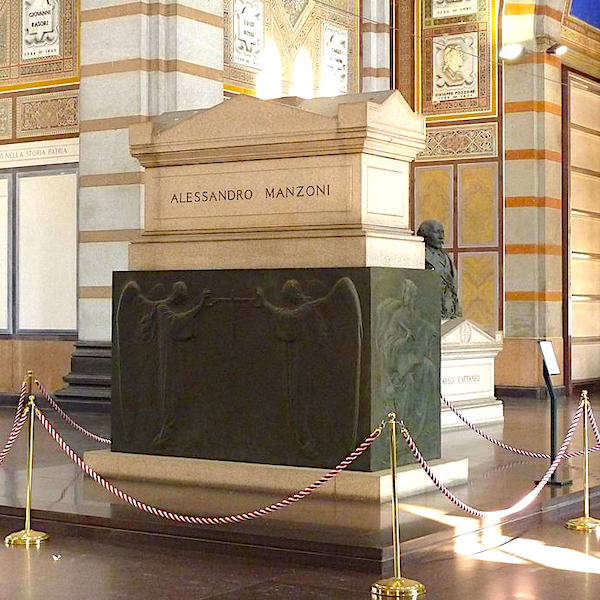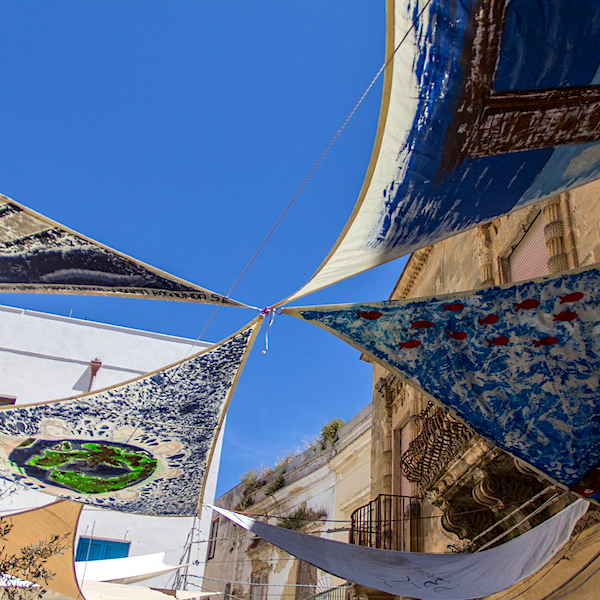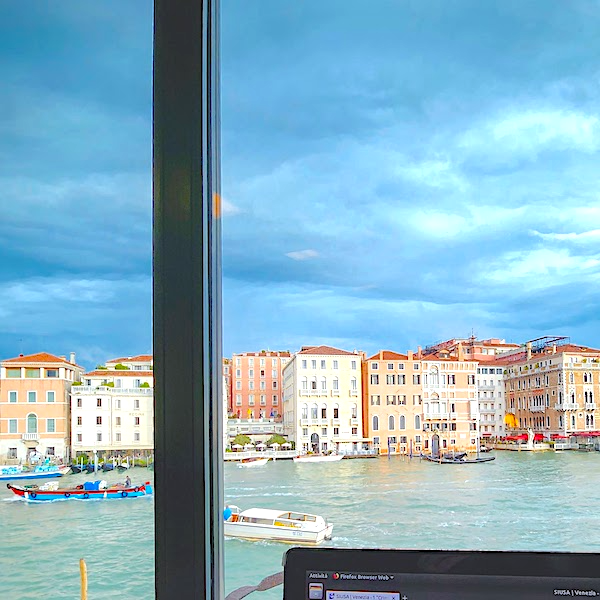Venetian Old Master Drawings, and a Contemporary Response, at the Ashmolean, Oxford
Sally Grant New York
Giovanni Battista Piazzetta (1682-1754), Head of a Youth © Ashmolean Museum
A major early-modern Venetian drawing exhibition has opened at the Ashmolean Museum in Oxford. Focusing on works from the sixteenth to the eighteenth century, Titian to Canaletto: Drawing in Venice should be a visual delight. Considering other recent exhibitions on this subject in Venice , LA , and New York (both in 2012 and 2013-14, as reviewed here ), however, the museum’s emphasis on its “ground breaking” attention to the role drawing played for Venetian artists is perhaps a tad overstated. Nevertheless, when it comes to the art of Venice, the more shows the merrier.
This is particularly the case when exhibitions bring to view drawings that are often sequestered in archives away from the public’s gaze. Each opportunity to look closely at such works brings with it the chance of new understanding of aspects of art and humanity. And unlike the previously mentioned exhibitions, where the works were all drawn from US collections, the Ashmolean is displaying its own drawings alongside loans from the Uffizi in Florence and Oxford’s Christ Church. This will create the UK’s first prominent exhibition devoted to the drawings of the Venetian Old Masters.

Jenny Saville, Red Muse (study)
, 2012-15
© Jenny Saville. Courtesy Gagosian Gallery. Private Collection
The idea of encounter and rediscovery also informs an exhibition taking place alongside Titian to Canaletto. For Jenny Saville Drawing , the contemporary British artist has created works that respond to the Venetian art of the past. To my shame I knew very little about Jenny Saville, a painter linked to the Young British Artists group that emerged in the late 1980s and early 1990s, but her engagement with early-modern Italian artworks immediately brought to mind the artistic approach of the late Jo-Anne Duggan , a photographer that many readers will know as closely connected to ACIS.
Although Duggan’s large photographic images of the contemporary visitor’s interaction with historic Italian interiors and Saville’s often monumental oil paintings of fleshly female bodies would seem to have little in common, each artist has been inspired by the art of Renaissance Italy. Saville has recounted how she was encouraged as a young girl to pursue art by her uncle, an art historian and fellow painter, and that he took her to Venice where she was able to confront the sensual images of painters such as Titian and Tintoretto in person. Such immersive experiences, for Saville and Duggan, have contributed to their creation of intensely physical, visceral works of art.

Titian (1485/90-1576), Portrait of a young woman
© Gabinetto Disegni e Stampe degli Uffizi, Florence
After researching Saville’s work, what struck me about both her and Duggan is their mutual concern with the layering of time and materiality within an image. Duggan’s photographs capture, in what she termed “a peculiar act of doubling”, the collision of the past life of the historic buildings with the presence of the contemporary visitor. Similarly, Saville will at times work intermittently on individual paintings, overlaying and building upon earlier brushwork to create a patchwork of bodily forms.
In an interview with The Telegraph last year, Saville articulated part of the philosophy behind her work, a view that doesn’t seem unreasonable to think Duggan would have shared: “I like this idea of a culture in fragments. … This idea of strata, of layers of images seen through time, of images within images, it’s like the way we see the world through computers: not as a single reality, but many realities at the same time.”
Over the next couple of months at the Ashmolean it should be stimulating to see how Saville’s repeated blanketing of bodily forms over bodily forms in response to the drawings of the Old Masters adds its own layer to Venetian art history.
Titian to Canaletto: Drawing in Venice and Jenny Saville Drawing will be on view at the Ashmolean Museum, Oxford until 10 January 2016; from the press release it looks as though Titian to Canaletto will then head to the Uffizi in spring 2016.









